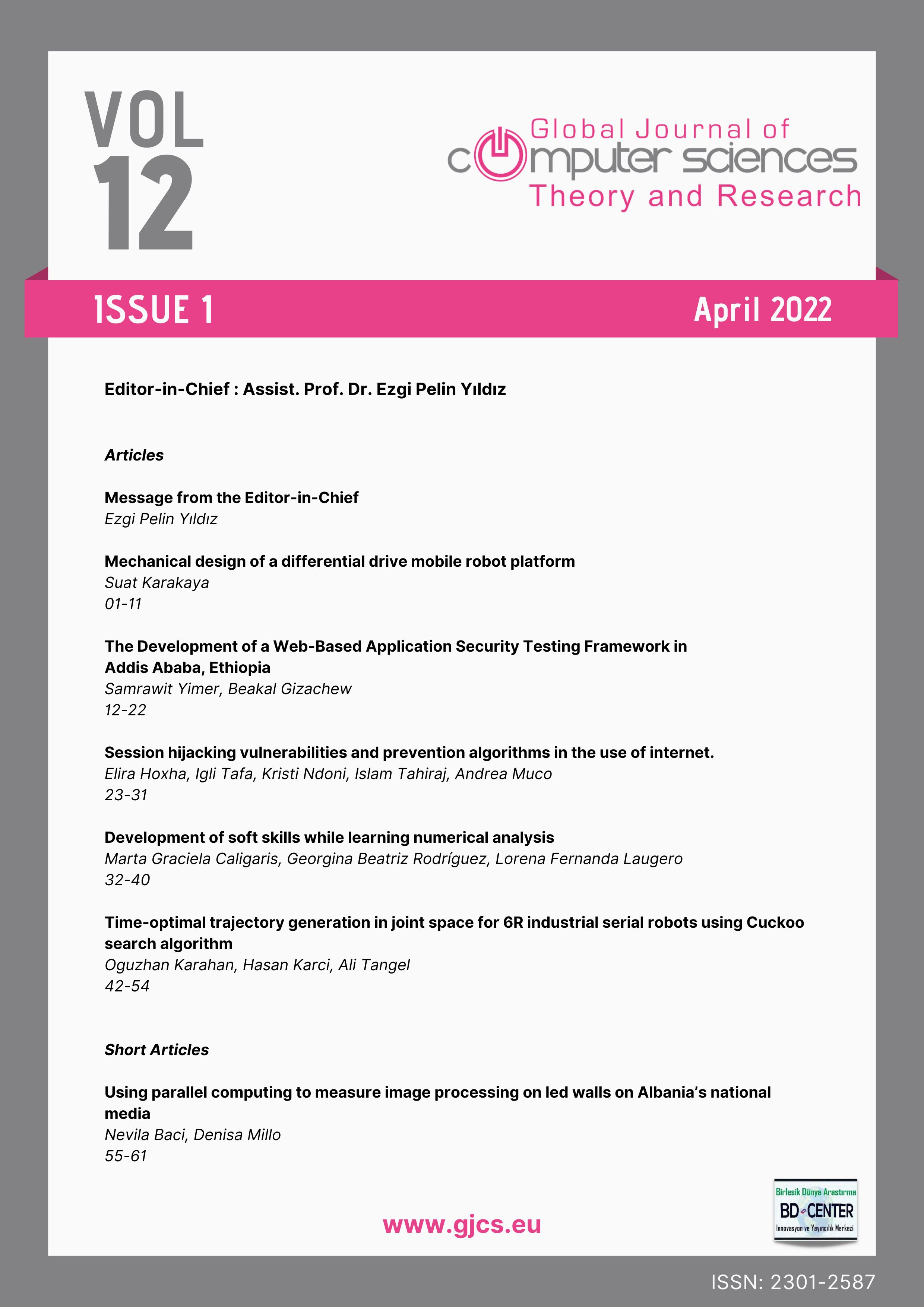The advantages of parallel processing used to measure the performance of image processing on led walls on a national Albanian media
Main Article Content
Abstract
The use of AI technology has led to efficiency and better performance, as seen from the point of view of an economist, as efficiency may bring about, and thus better revenues. But the AI technology is also supplied by some important technologies such as parallel processing. This article aims to analyze the benefits of parallel processing by illustrating it with a code in C, using the MPI library. The experiment is done for the first time for academic purposes in a High-Performance Computer used in a university space, and then re-applied in the business space of the media which uses the latter kind of computer with some more advanced features to process the images in led walls. The results show that the image is the better and faster process when the number of nodes increases, but the way it behaves depends on the relation between the number of processes and the number of processors in the nodes.
Keywords: Image processing; High-Performance Computing; Parallel Processing; media; MPI.
Downloads
Article Details

This work is licensed under a Creative Commons Attribution 4.0 International License.
Global Journal of Computer Sciences: Theory and Research is an Open Access Journal. All articles can be downloaded free of charge. Articles published in the Journal are Open-Access articles distributed under CC-BY license [Attribution 4.0 International (CC BY 4.0)]
Birlesik Dunya Yenilik Arastirma ve Yayincilik Merkezi (BD-Center) is a gold open access publisher. At the point of publication, all articles from our portfolio of journals are immediately and permanently accessible online free of charge. BD-Center articles are published under the CC-BY license [Attribution 4.0 International (CC BY 4.0)], which permits unrestricted use, distribution, and reproduction in any medium, provided the original authors and the source are credited.
